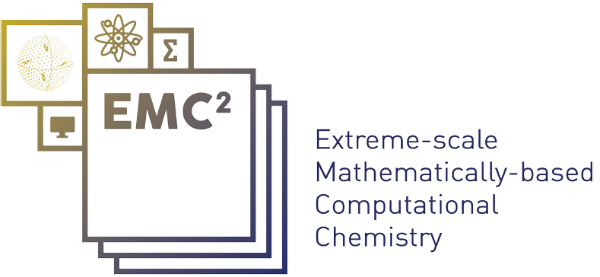On June 26, 2020, at 3:30 pm
Insight-driven design of novel SCF preconditioning strategies for mixed systems: A DFTK case-study.
Abstract:
Progress in density-functional theory is often the outcome of efforts involving physically sound approximate models, performant numerical schemes and optimal use of available computational hardware. In such an interdisciplinary field the lack of flexibility of many state-of-the-art codes poses an obstacle for multiple fields to join forces in one code. To close this gap, we have recently developed the density-functional toolkit, DFTK (https://dftk.org). In about 5000 lines of Julia code, DFTK is capable of performing ground-state DFT simulations at a level of accuracy and performance comparable to well-established packages. At the same time one may conduct calculations using toy Hamiltonians with potentials ranging from a 1D harmonic oscillator to standard GGA functionals. Despite being only about a year old DFTK is already actively used for a broad range of research topics such as the numerical analysis of self-consistent field (SCF) algorithms (arXiv 2004.09088) or a posteriori error analysis (DOI 10.1039/D0FD00048E).
This talk will discuss the design and philosophy of DFTK, making reference to an ongoing project as a case-study: together with Antoine Levitt, we are working on better preconditioners for the SCF procedure in mixed systems. Traditionally in plane-wave DFT SCF preconditioning follows different strategies depending on the dielectric properties of the type of system treated (metal, insulator, semiconductor, etc.). In mixed systems, which contain both insulating and metallic regions, it is a challenge to make such common approaches compatible. Using DFTK we were both able to gain insight into the numerical properties of the SCF fixed-point map. For this we directly looked at its dominating eigenpairs in simple model systems. For designing the right strategy, DFTK’s high-level syntax aided with playing between various approaches to find and verify the best approach on medium-sized systems. Our final method now locally adapts to the type of material, which we could verify in the same implementation by scaling it to the cluster level and performing calculations with realistic tolerances and basis sizes. With these results, we showed our approach to outperform existing methods in larger mixed-systems.
More on the research by Michael F. Herbst: click here.
